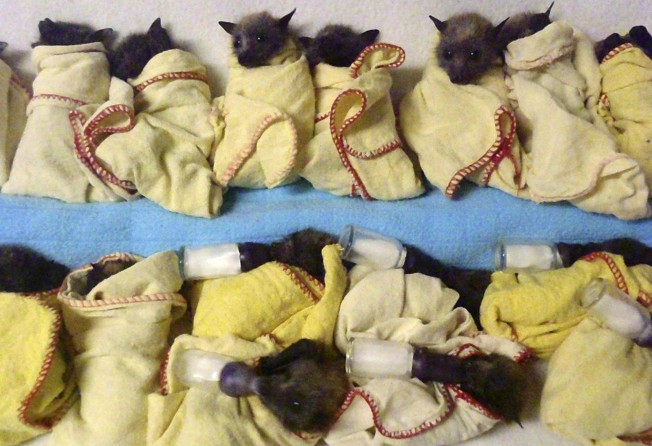Manipulating skies to slow global warming could create havoc in tropics
Spreading sulphate particles into upper atmosphere would cause a sharp decline in rainfall in the tropics, study says, quickly drying up Indonesia

An idea by the father of the H-bomb to slow global warming by sowing the stratosphere with light-reflecting particles could wreck the weather system in the tropics, a study said.
Item not supported in this print-friendly version
The scheme may benefit northern Europe and parts of Asia, but around the equator rainfall patterns would be disrupted, potentially drying up tropical forests in South America and intensifying droughts in Africa and Southeast Asia.Print option is available for subscribers only.
SUBSCRIBE NOW